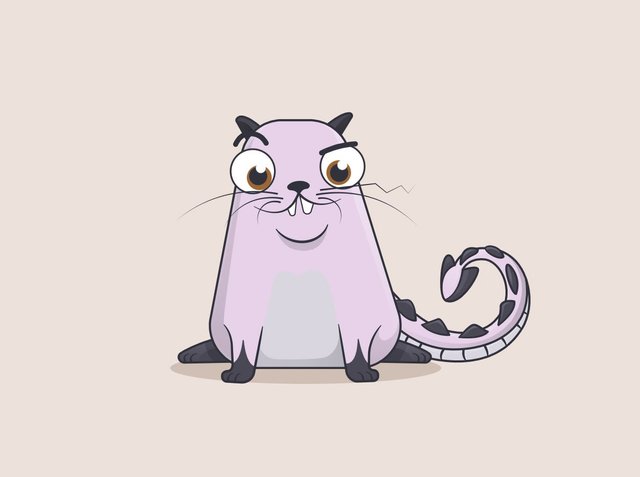NFTs, explained I have questions about this emerging... um... art form? Platform?
There’s nothing like an explosion of blockchain news to leave you thinking, “Um… what’s going on here?” That’s the feeling I’ve experienced while reading about Grimes getting millions of dollars for NFTs or about Nyan Cat being sold as one. And by the time we all thought we sort of knew what the deal was, the founder of Twitter put an autographed tweet up for sale as an NFT. Now, months after we first published this explainer, we’re still seeing headlines about people paying house-money for clip art of rocks — and my mom still doesn’t really understand what an NFT is.

You might be wondering: what is an NFT, anyhow?
After literal hours of reading, I think I know. I also think I’m going to cry.
Okay, let’s start with the basics:
What is an NFT? What does NFT stand for?
Non-fungible token.
That doesn’t make it any clearer.
Right, sorry. “Non-fungible” more or less means that it’s unique and can’t be replaced with something else. For example, a bitcoin is fungible — trade one for another bitcoin, and you’ll have exactly the same thing. A one-of-a-kind trading card, however, is non-fungible. If you traded it for a different card, you’d have something completely different. You gave up a Squirtle, and got a 1909 T206 Honus Wagner, which StadiumTalk calls “the Mona Lisa of baseball cards.” (I’ll take their word for it.)
How do NFTs work?
At a very high level, most NFTs are part of the Ethereum blockchain. Ethereum is a cryptocurrency, like bitcoin or dogecoin, but its blockchain also supports these NFTs, which store extra information that makes them work differently from, say, an ETH coin. It is worth noting that other blockchains can implement their own versions of NFTs. (Some already have.)
What’s worth picking up at the NFT supermarket?
NFTs can really be anything digital (such as drawings, music, your brain downloaded and turned into an AI), but a lot of the current excitement is around using the tech to sell digital art.
You mean, like, people buying my good tweets?
I don’t think anyone can stop you, but that’s not really what I meant. A lot of the conversation is about NFTs as an evolution of fine art collecting, only with digital art.
we were trying to think of something so silly that it wouldn’t be a real thing. So of course the founder of Twitter sold one for just under $3 million shortly after we posted the article. You can copy a digital file as many times as you want, including the art that’s included with an NFT.
But NFTs are designed to give you something that can’t be copied: ownership of the work (though the artist can still retain the copyright and reproduction rights, just like with physical artwork). To put it in terms of physical art collecting: anyone can buy a Monet print. But only one person can own the original.
What’s the point of NFTs?
That really depends on whether you’re an artist or a buyer.
I’m an artist.
First off: I’m proud of you. Way to go. You might be interested in NFTs because it gives you a way to sell work that there otherwise might not be much of a market for. If you come up with a really cool digital sticker idea, what are you going to do? Sell it on the iMessage App Store? No way.
Also, NFTs have a feature that you can enable that will pay you a percentage every time the NFT is sold or changes hands, making sure that if your work gets super popular and balloons in value, you’ll see some of that benefit.
I’m a buyer.
One of the obvious benefits of buying art is it lets you financially support artists you like, and that’s true with NFTs (which are way trendier than, like, Telegram stickers). Buying an NFT also usually gets you some basic usage rights, like being able to post the image online or set it as your profile picture. Plus, of course, there are bragging rights that you own the art, with a blockchain entry to back it up.
No, I meant I’m a collector.
Ah, okay, yes. NFTs can work like any other speculative asset, where you buy it and hope that the value of it goes up one day, so you can sell it for a profit. I feel kind of dirty for talking about that, though.
So every NFT is unique?
In the boring, technical sense that every NFT is a unique token on the blockchain. But while it could be like a van Gogh, where there’s only one definitive actual version, it could also be like a trading card, where there’s 50 or hundreds of numbered copies of the same artwork.
Who would pay hundreds of thousands of dollars for what basically amounts to a trading card?
Well, that’s part of what makes NFTs so messy. Some people treat them like they’re the future of fine art collecting (read: as a playground for the mega-rich), and some people treat them like Pokémon cards (where they’re accessible to normal people but also a playground for the mega-rich).